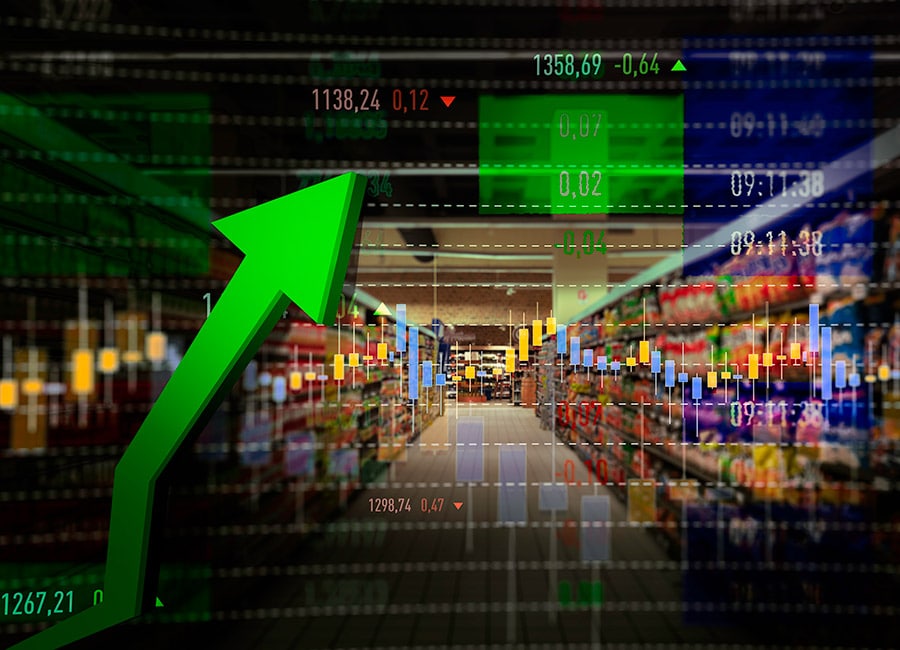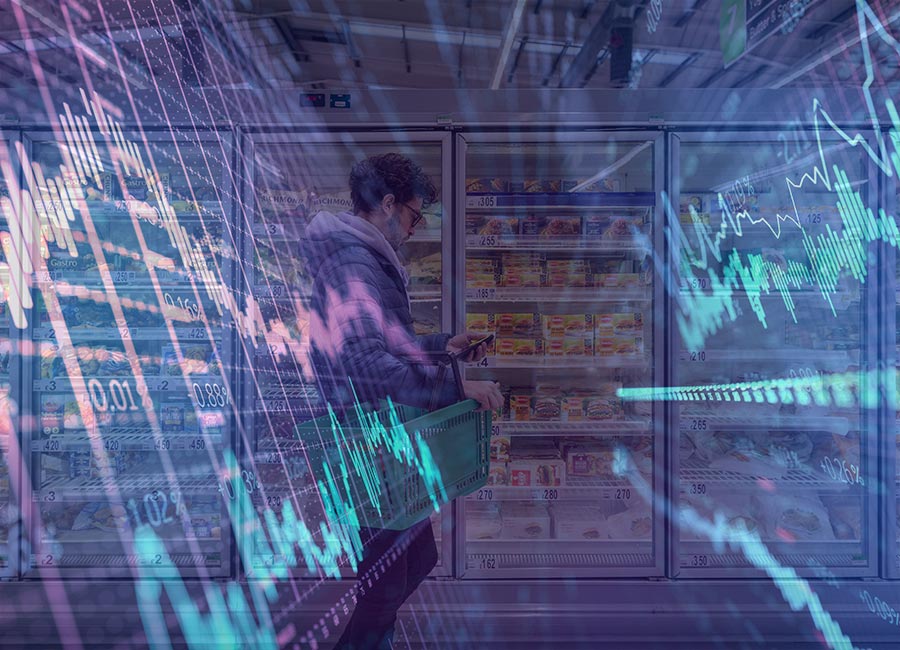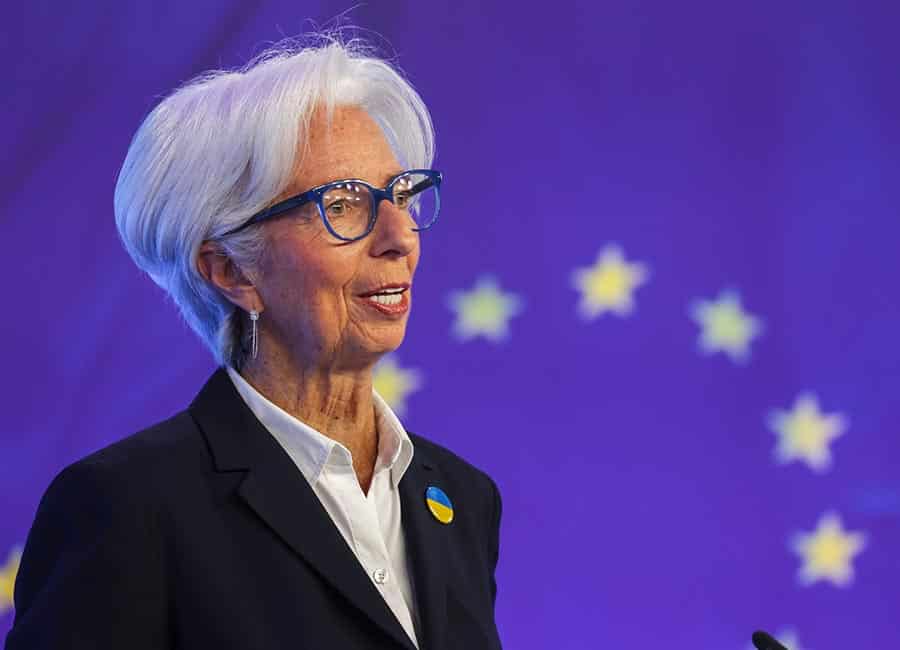Inflation hits its highest rate for 38 years in May as consumer prices rose 7.8% year-on-year, up from 7.0% in April, according to the latest Central Statistics Office (CSO).
The CSO said it was the largest increase in the Consumer Price Index (CPI) since the third quarter of 1984 when annual inflation topped 7.9%. The Harmonised Index of Consumer Prices, which compares inflation in Ireland with other European countries, was 8.3% in May.
Energy and fuel costs were the main driver of inflation, with the cost of housing, water, electricity, gas and other fuels rising 20.9% and transport up 16.5%, while inflation in alcohol and tobacco was 7.5% and restaurants and hotels was 5.9%.
The rising cost of energy and fuel is reflected in consumer bills, with electricity up 41%, gas rising 57.1%, liquid fuels/home heating oil more than doubling in price (+102.5%) and solid fuels increasing by a quarter (+25.9%) in the year.
The annual change in transport costs reflects a rise in the cost of diesel (+41.6%), petrol (+25.9%), purchase of cars (+13.2%) and airfares (+45.4%) compared to May 2021.
There were decreases in the cost of miscellaneous goods and services (-1.8%) and education (-0.8%) though.
"Prices have been rising on an annual basis since April 2021, with an annual inflation of 5.0% or more recorded each month since October 2021," said Colin Cotter, statistician in the prices division at the CSO.

Month-on-month, consumer prices rose 0.9%, compared to inflation of 0.1% a year prior, with the most significant gains in housing, water, electricity, gas and other fuels (+3.7%) and alcohol and tobacco (+2%), while there were decreases in transport (-1.7%) and miscellaneous goods and services (-0.1%).
The decline in transport costs is thanks to lower airfares (-30.1%), bus fares (-14.9%), and rail fares (-20.6%) following government intervention.
The price of kitchen staples such as white (+12.4%) and brown (+17.4%) slice pans and spaghetti (+19.3%) also continues to rocket, but a 2.5kg bag of potatoes has dropped 28.5 cent.
Austin Hughes, chief economist with KBC Bank Ireland, noted that the sharpest price increases are being seen in the costs of everyday essentials rather than items where the typical consumer may have scope to cut back spending.
Hughes referenced the marked uptick in food price inflation to 4.5% y/y in May from 3.5% in April. The pick-up in food price pressures of late is more clearly seen in the annualised increase seen over the past three months which is now running at 10.8%, he added.
“As has been the case recently, these pressures are most clearly evident in the cost of staples such as bread (+8.8%y/y), pasta (+11.7% y/y), meat (+7.5% y/y), milk (+10.5%y/y) and butter and cooking oils (+12.2%),” he explained.
“There are signs of a pick-up in several areas such as clothing (+3.8%y/y in May against 2.0% in April), accommodation (+21.9% y/y in May against +19.9% in April), in private rents (+11.2% y/y against 9.3% previously) as well as some items likely affected by global supply chain issues such as materials for home repairs (+13.5% y/y), car prices (+13.2% y/y) and major household appliances (+8.8% y/y), although prices continue to fall for electronic equipment (-2.6%y/y).”
(Pic: Getty Images)











